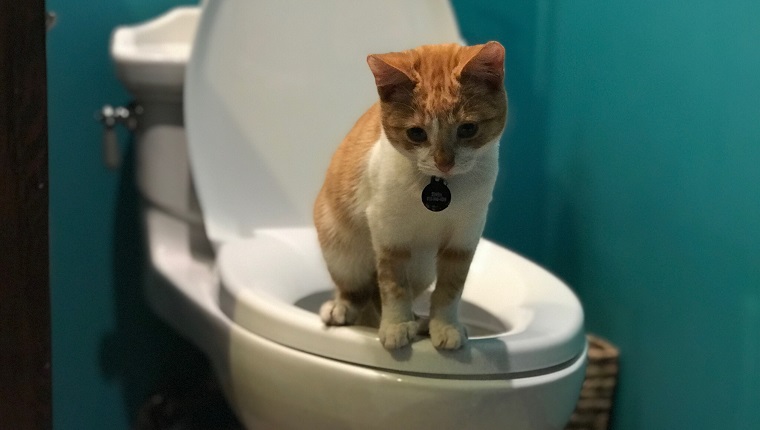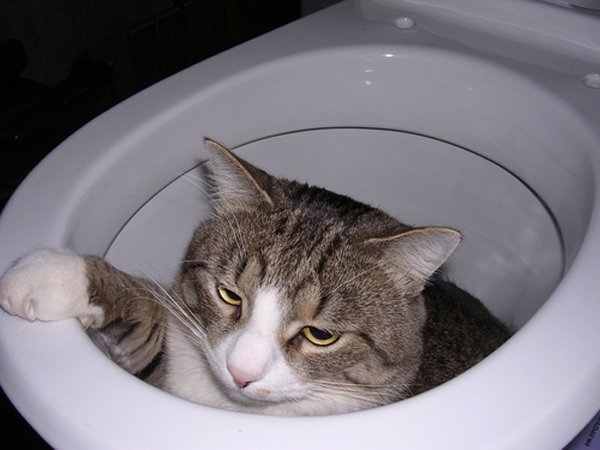Discovering Why Animal Waste Needs to Not Be Flushed Down the Toilet
Discovering Why Animal Waste Needs to Not Be Flushed Down the Toilet
Blog Article
Just how do you feel when it comes to Should you flush animal waste down the toilet?

When it pertains to getting rid of waste, particularly animal waste, many individuals often consider the hassle-free choice of flushing it down the commode. Nonetheless, this relatively easy option can have severe consequences for the setting and public health. In this write-up, we'll explore why flushing pet waste down the commode is a bad concept and offer alternative approaches for appropriate disposal.
Introduction
Appropriate waste disposal is critical for keeping environmental sustainability and public health. While it may appear harmless to purge animal waste down the bathroom, it can result in numerous concerns, both for the setting and human health.
Risks of flushing pet waste
Ecological influence
Purging pet waste presents damaging bacteria and pathogens right into waterways, which can adversely impact water environments. These pathogens can contaminate water sources and harm marine life, disrupting delicate environments.
Public health concerns
Animal waste contains unsafe bacteria such as E. coli and Salmonella, which can present severe health and wellness risks to humans. Flushing animal waste down the bathroom can pollute water materials, bring about the spread of illness and infections.
Alternatives to flushing
Instead of flushing animal waste down the bathroom, there are several different disposal approaches that are more environmentally friendly and hygienic.
Composting
Composting animal waste is an environmentally friendly method to get rid of it. By composting, raw material is broken down into nutrient-rich soil, which can be made use of to feed gardens and plants.
Landfill disposal
Dealing with pet waste in a garbage dump is one more option. While not as environmentally friendly as composting, it is a more secure option to flushing, as it prevents the contamination of water sources.
Pet waste disposal systems
There are specialized pet dog waste disposal systems readily available that safely and hygienically throw away animal waste. These systems frequently make use of enzymes to break down waste and remove odors.
Steps to appropriate animal waste disposal
To make sure appropriate disposal of animal waste, comply with these steps:
Scooping and getting waste
On a regular basis scoop and bag animal waste using naturally degradable bags. This stops waste from polluting the environment.
Making use of assigned waste containers
Dispose of bagged animal waste in marked waste bins, such as garden compost containers or garbage dump containers. Avoid flushing it down the commode in any way prices.
Cleaning up litter boxes and animal locations regularly
Routinely tidy can and pet dog locations to prevent the build-up of waste and bacteria. Usage pet-safe cleansing items to keep health.
Benefits of appropriate disposal techniques
Embracing appropriate disposal methods for pet waste supplies numerous benefits:
Minimized environmental pollution
Appropriate disposal approaches decrease the danger of environmental pollution, securing rivers and ecosystems from contamination
Minimized danger of water contamination.
By avoiding flushing pet waste down the commode, the threat of water contamination is dramatically minimized, protecting public health.
Improved hygiene and hygiene
Appropriate disposal approaches advertise better cleanliness and hygiene, producing a safer environment for both human beings and pets.
Conclusion
In conclusion, flushing pet waste down the bathroom is damaging to the atmosphere and public health. By adopting alternative disposal approaches and adhering to correct waste administration practices, we can minimize the adverse influence of animal waste and add to a cleaner, healthier earth.
What To Do With Dog Poo – The Do's And Don'ts Of Disposing Of Faeces
Dog poo bins
Some councils provide dedicated dog waste bins in popular dog-walking areas that can take dog poo that has been bagged but you can legally dispose of dog waste in any public litter bin, as long as it is securely bagged. This also applies to your wheelie bin at home.
Do not flush
Water companies do not recommend flushing dog faeces down the toilet because certain parasites can survive the water processing treatment and are potentially harmful to humans. You should also never consider flushing dog poo that has been bagged down the toilet as the bags will not break down and instead create severe blockages in the sewage system.
In the woods
The Forestry Commission promotes a ‘stick and flick’ method for dealing with waste in the woods. This means finding a stick and using it to flick any poo from off the path so that it is out of the way of other walkers. You could also bury it as long as it is not in an area where there might be livestock.
Livestock
Parasites found in dog poo can be transmitted to livestock if they inadvertently eat infected faeces that has been left on grazing land. This could result in the death of sheep or abortion in cattle so you should always make sure you pick up your dog’s waste in fields where livestock could be present.

As a reader on , I imagined sharing that excerpt was essential. Do you know somebody who is excited by the niche? Please feel free to share it. Many thanks for your time. Revisit us soon.
Booking Report this page